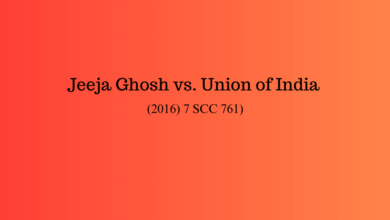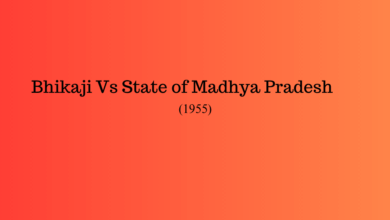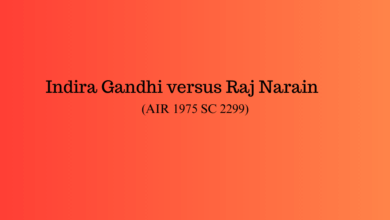“Exploring the Sabrimala Temple Case: A Landmark Legal Battle”
"The Sabarimala Temple Case: A Deep Dive into Religious Traditions and Gender Equality"

Are you looking an answer for the question – What is Sabarimala Temple Case?
The Sabarimala case refers to a significant legal controversy in India surrounding the entry of women of menstruating age into the Sabarimala temple in Kerala. Here’s an analysis of the case:
Background of Sabarimala Temple Case
– Sabarimala temple, located in the Western Ghats of Kerala, is dedicated to Lord Ayyappa and is one of the most revered pilgrimage sites in South India.
– Traditionally, the temple had a longstanding practice of restricting entry to women of menstruating age (typically defined as between 10 and 50 years old), citing the deity’s celibate status and religious customs.
– In 2006, the Indian Young Lawyers Association filed a petition challenging the temple’s practice, arguing that it violated the constitutional principles of equality and non-discrimination.
Legal Proceedings in Sabarimala Case
– The case reached the Supreme Court of India, which began hearing arguments in 2016.
– The central issue before the court was whether the temple’s practice of barring women of menstruating age constituted a violation of their fundamental rights under the Indian Constitution, particularly Articles 14 (equality before law) and 25 (freedom of religion).
– The temple management and various religious groups argued in favor of maintaining the traditional ban, citing religious beliefs and customs.
– On September 28, 2018, a five-judge bench of the Supreme Court, led by then-Chief Justice Dipak Misra, delivered a landmark judgment in favor of allowing women of all ages to enter the Sabarimala temple, overturning the centuries-old ban.
Key Arguments and Analysis of Sabarimala Case
– **Constitutional Principles:** The court emphasized the principles of equality and non-discrimination enshrined in the Indian Constitution, holding that religious practices cannot be discriminatory or violative of fundamental rights.
– **Gender Equality:** The judgment recognized the inherent discrimination in denying women entry to the temple solely based on their gender and age. It upheld the right of women to access places of worship on an equal basis with men.
– **Freedom of Religion:** While acknowledging the significance of religious beliefs and practices, the court clarified that religious customs cannot override constitutional guarantees of equality and fundamental rights.
– **Social Reform vs. Religious Tradition:** The Sabarimala case sparked debates about the balance between social reform and religious tradition. Supporters of the judgment hailed it as a step forward for gender equality and women’s rights, while critics argued that it interfered with religious autonomy and traditions.
Subsequent Developments observed in Sabarimala Case
The judgment faced resistance from certain quarters, leading to protests and challenges to its implementation. The Kerala government and temple authorities took steps to enforce the court’s verdict, but opposition to the entry of women continued, resulting in ongoing legal and social tensions.
Final words
The Sabarimala case represents a significant milestone in the ongoing struggle for gender equality and religious reform in India. The Supreme Court’s verdict reaffirmed the principle that constitutional rights and equality before the law supersede religious customs and practices that perpetuate discrimination.
However, the case also underscores the complexities of navigating the intersection of religious beliefs, cultural traditions, and constitutional principles in a diverse and pluralistic society like India. Ongoing dialogue and engagement between stakeholders are essential for fostering mutual understanding and respecting the rights and dignity of all individuals, irrespective of gender or religious affiliation.



